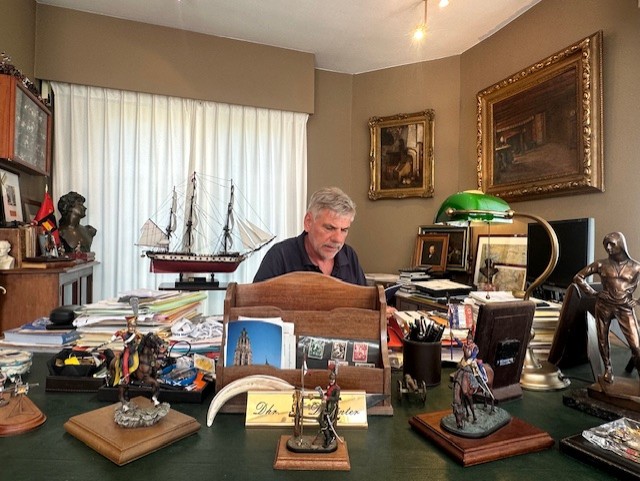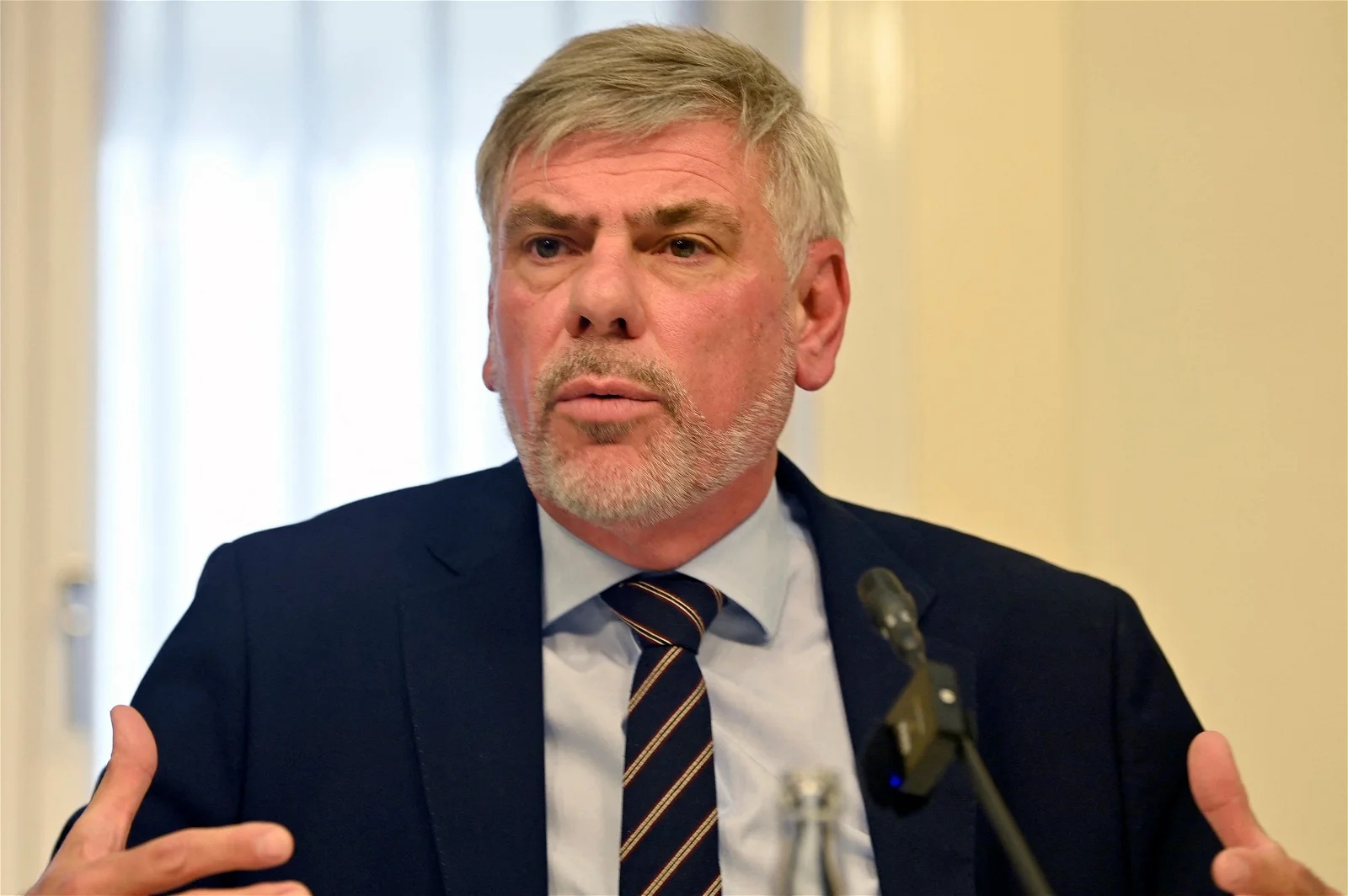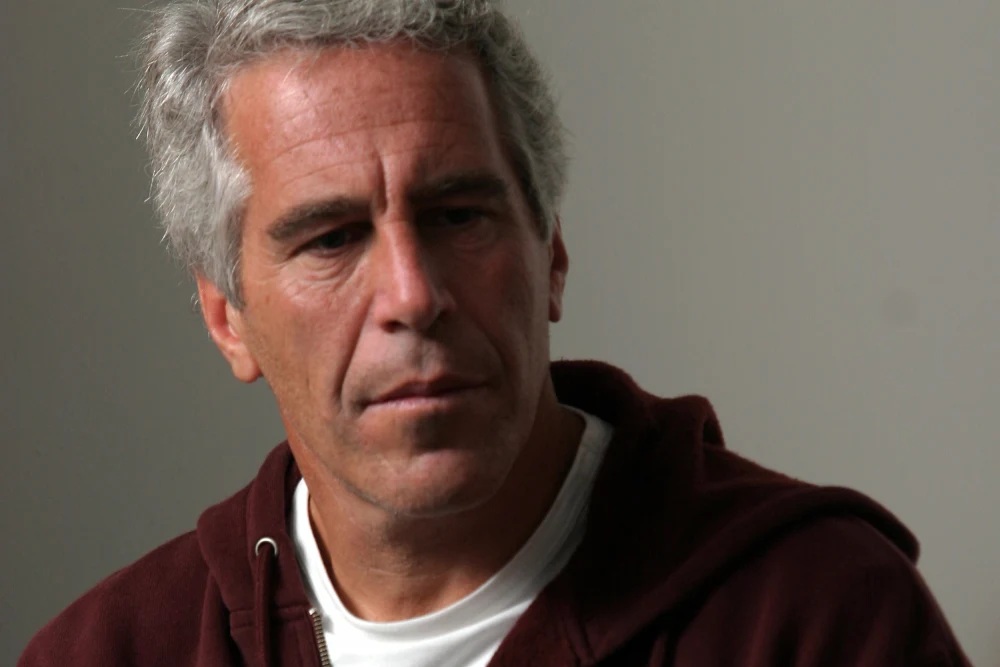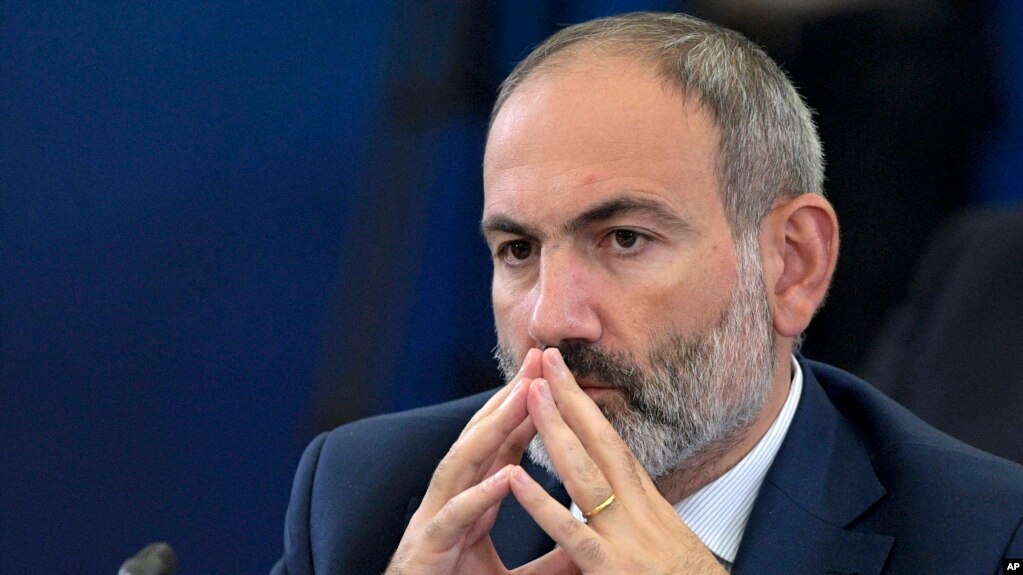
A landlocked Central Asian country that shares its southern border with Afghanistan, the Republic of Uzbekistan shipped an estimated US$11.1 billion worth of goods around the globe in 2019. That dollar amount reflects a 10% increase since 2017 and a 1.5% gain from 2018 to 2019.
From a continental perspective and based on the latest available data in 2018, 53.3% of Uzbekistani exports by value were delivered to Asian countries while 46.3% were sold to Europe importers. Smaller percentages went to importers in North America (0.2%), Africa (0.1%), Latin America (also 0.1%) excluding Mexico but including the Caribbean, then Oceania led by Australia (0.002%).
Given Uzbekistan’s population of 33 million people, its total $11.1 billion in 2019 exports translates to roughly $350 for every resident in the Central Asian nation.
The following export product groups represent the highest dollar value in Uzbekistani global shipments during 2019. Also shown is the percentage share each export category represents in terms of overall exports from Uzbekistan.
And this year, the republic has exported 26.3 tons of honey worth $41.8 thousand. Compared to the same period in 2019, the indicator increased by 20.3 tons (4.4 times).
According to the State Statistics Committee, over the past 8 months, Uzbekistan has exported honey to the United States (11.2 tons), South Korea (10 tons), the United Arab Emirates (3.1 tons) and Kuwait (2 tons).
Tashkent became the leader among the regions, with 21.2 tons of exports. Jizzakh region exported 3.1 tons of honey, followed by Samarkand – 2 tons. Namangan region closes the TOP-4 suppliers – 0.1 ton.
The European Bank for Reconstruction and Development (EBRD) has wound back forecasts for the emerging economies where it invests, after measures to contain the impact of the coronavirus lasted for longer than previously anticipated.
The EBRD is now forecasting an overall contraction across its economies of 3.9 percent this year, and a return to growth next year of 3.6 percent. The previous forecasts published in May had projected a 2020 decline of 3.5 percent and a stronger recovery of 4.8 percent in 2021.
According to the bank, economic growth in Uzbekistan slowed to 0.2 percent in the first half of 2020, remaining positive mainly due to growth in agriculture and construction (2.8 percent and 7.3 percent, respectively).
By Sher Karimov





